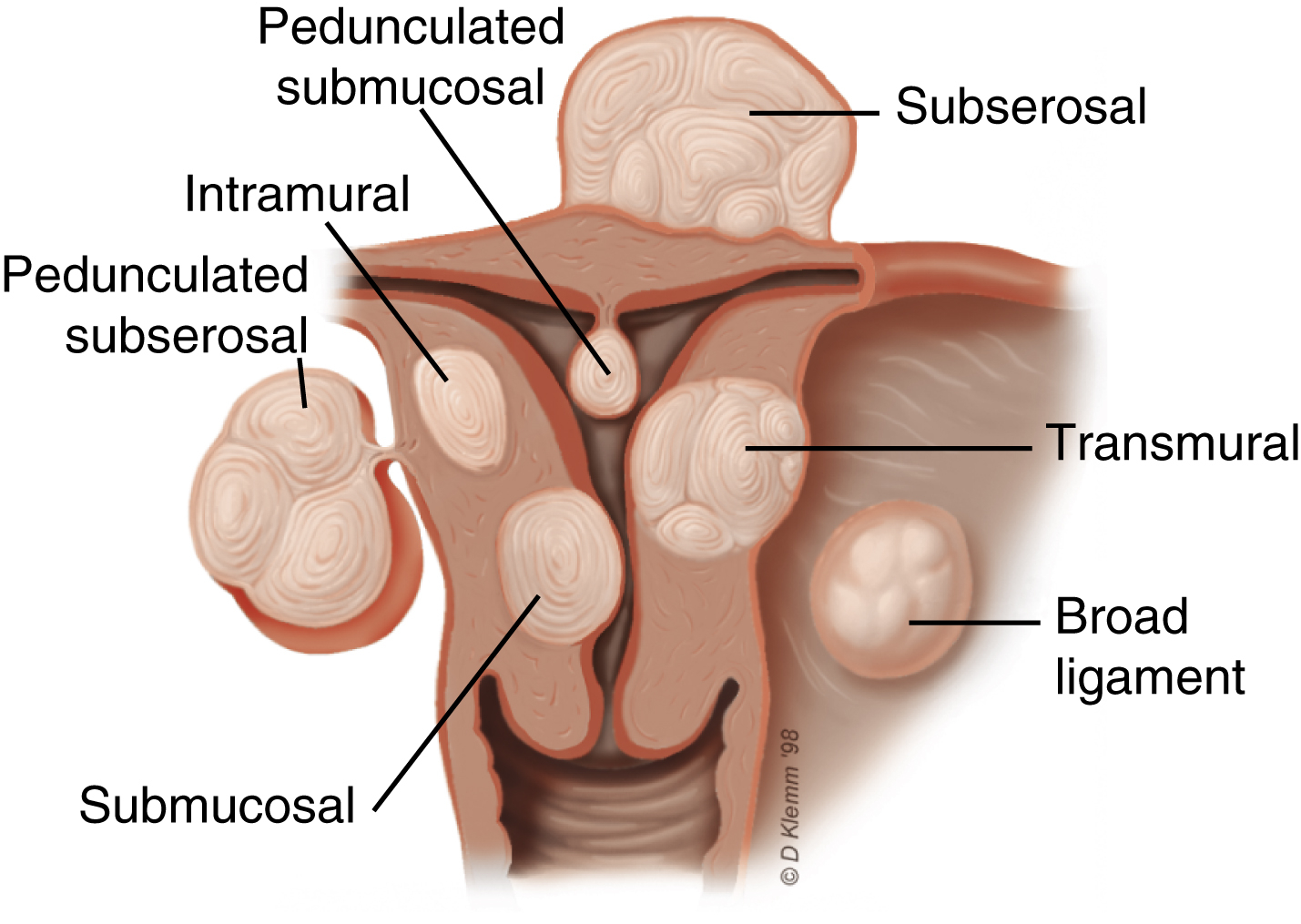Physical Address
304 North Cardinal St.
Dorchester Center, MA 02124
Uterine fibroid embolization (UFE) was first reported in the United States in 1997 as a minimally invasive alternative to hysterectomy and myomectomy for treatment of fibroids. Since that time, its effectiveness has been confirmed by other investigators, including in major randomized comparative trials, and it has rapidly been incorporated into practice. In 2008, the American College of Obstetricians and Gynecologists acknowledged the effectiveness of UFE, stating that “based on long- and short-term outcomes, uterine artery embolization is a safe and effective option for appropriately selected women who wish to retain their uteri.” With proven outcomes, UFE is now a widely accepted treatment for uterine fibroids.
Despite the very high incidence of uterine fibroids, many patients are asymptomatic. The most common symptom associated with uterine fibroids is heavy menstrual bleeding. Other symptoms include dysmenorrhea, pelvic pain and pressure, urinary frequency, and hydronephrosis. Fibroids have also been implicated in reduced fertility, infertility, and complicated pregnancies.
Most patients with symptomatic fibroids are candidates for UFE, and it is indicated for those who wish to avoid major surgery or definite loss of reproductive capacity. There are no well-established guidelines for UFE patient selection based on anatomy, and most women with symptomatic fibroids are candidates.
Fibroid location is also a consideration in patient selection because there is some evidence that location may impact outcome ( Fig 43.1 ). Submucosal fibroids shrink more rapidly than intramural fibroids, and intramural fibroids shrink more rapidly than those on the serosa. There are some fibroid locations that are likely less favorable, and these are discussed further under Contraindications.

UFE is contraindicated in patients who are pregnant or if uterine, cervical, or endometrial malignancy is suspected. Thus patients with fibroids and imaging findings suggestive of malignant degeneration or patients with indeterminate adnexal masses merit further evaluation before proceeding with embolization.
Postmenopausal bleeding is rarely due to fibroids and always warrants endometrial biopsy to rule out malignancy. Current gynecologic consensus suggests endometrial sampling for most women with heavy menstrual bleeding. Our current practice is to recommend full evaluation for women with vaginal bleeding more frequent than every 21 days or lasting longer than 10 days. Although continuous or frequent bleeding may occur with intracavitary or partially intracavitary fibroids, this type of bleeding pattern may also be caused by endometrial hyperplasia, polyps, endometrial malignancy, or other nonfibroid causes.
There are some specific subtypes of fibroids that may be best managed with surgery. Intracavitary fibroids, particularly when less than 3 cm, may be resectable using hysteroscopic methods. If an intracavitary fibroid cannot be removed hysteroscopically, embolization is certainly effective for this type of fibroid, although with some risk the fibroid may be expelled in the weeks after the procedure. Large serosal fibroids are often easily resectable by myomectomy, and the decision whether embolization or surgery is preferred depends on a number of factors. In most cases when the patient would like to become pregnant and when there has not been a previous myomectomy, surgery may be preferred. This is particularly true for very large fibroids that are mostly outside the uterine wall. The extreme example of a large narrow-based, completely pedunculated serosal fibroid is usually best treated surgically. This type of fibroid is likely to have relatively less shrinkage than other fibroids and is prone to adhesion formation.
Finally, there are some specific fibroid locations, notably cervical fibroids, that do not respond to UFE or respond poorly. These fibroids can be a therapeutic conundrum because they are not easily treated surgically if the uterus is to be spared.
The first requirement for UFE is an angiographic unit with a digital subtraction imaging. Digital roadmapping or similar digital guidance system is essential if this procedure is going to be performed in a safe manner with a minimal fluoroscopic dose. Pulsed fluoroscopy is also very important and the pulse rate should be set no higher than 15 pulses per second and preferably less to minimize radiation exposure.
Standard 4F or 5F selective angiographic catheters are typically used for entry into the hypogastric arteries. Large-bore (0.025- to 0.028-inch lumen) microcatheters with appropriate microwires are required in patients with small or very tortuous uterine arteries, and many operators use them in all cases.
Embolic material is the central requirement of the procedure. Although Gelfoam pledgets or slurry have been used in rare cases, there is relatively little study of the effectiveness of the material outside Japan. Most fibroid embolizations in Western countries has been performed using particulate or spherical embolic materials. These are discussed later in the section on technical controversies.
Become a Clinical Tree membership for Full access and enjoy Unlimited articles
If you are a member. Log in here